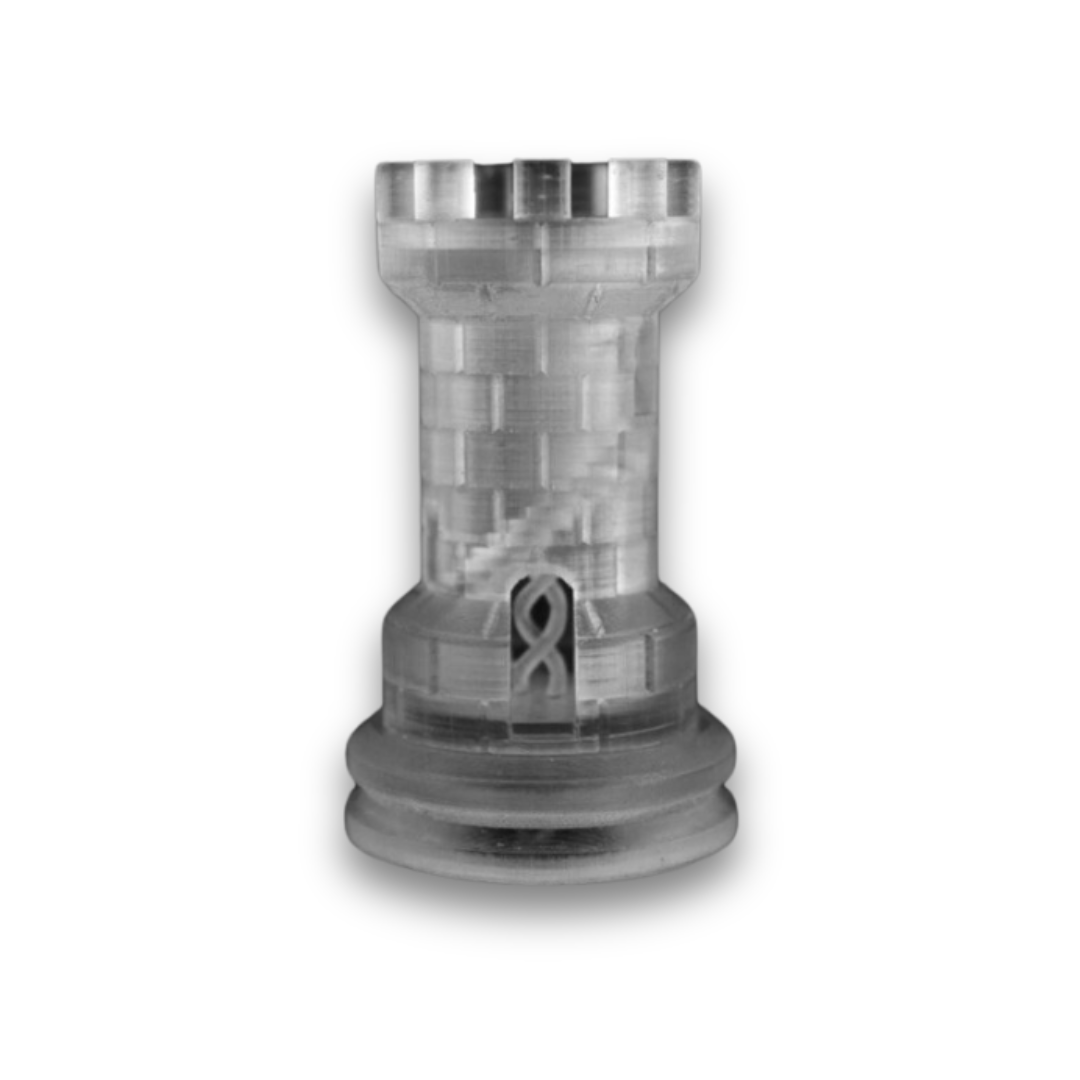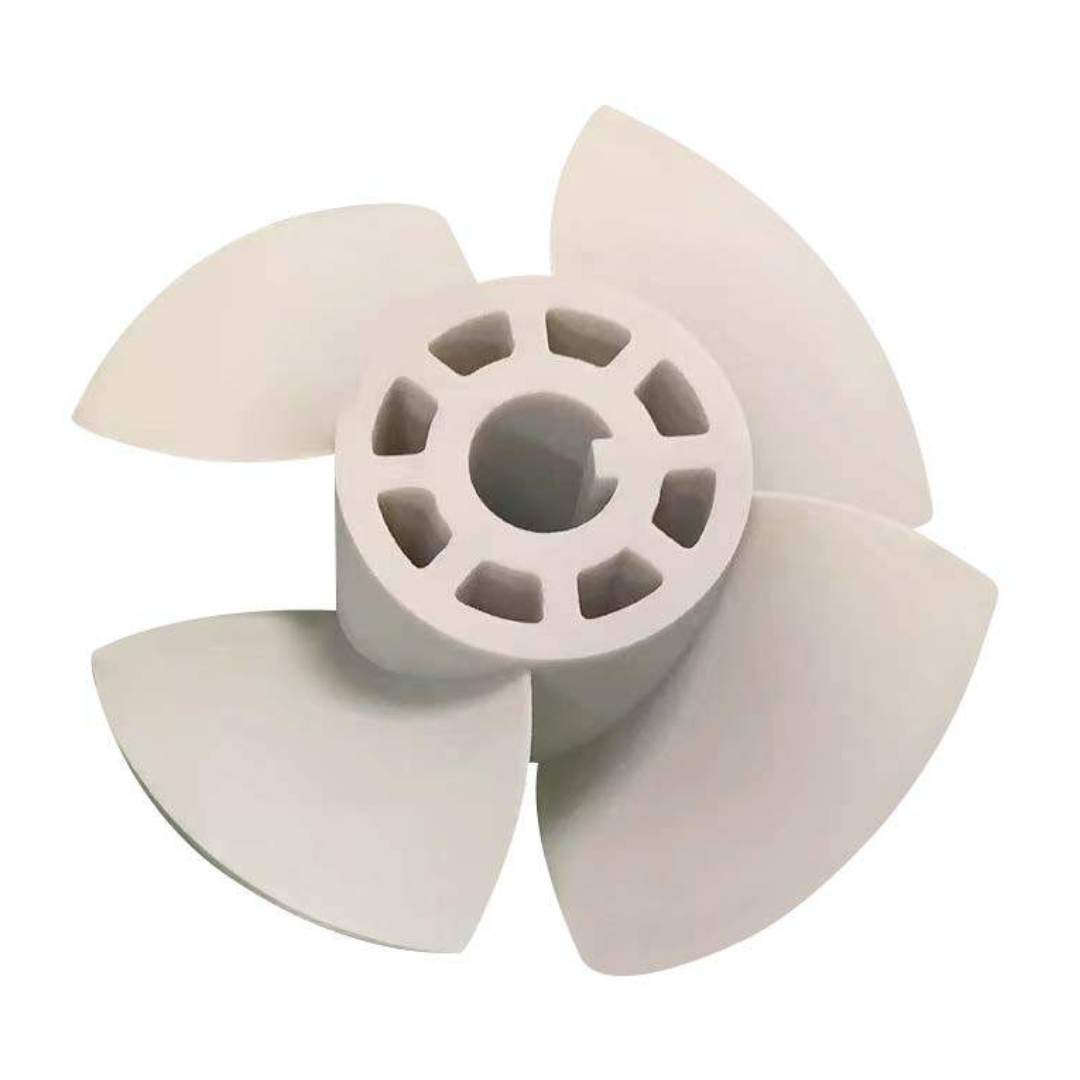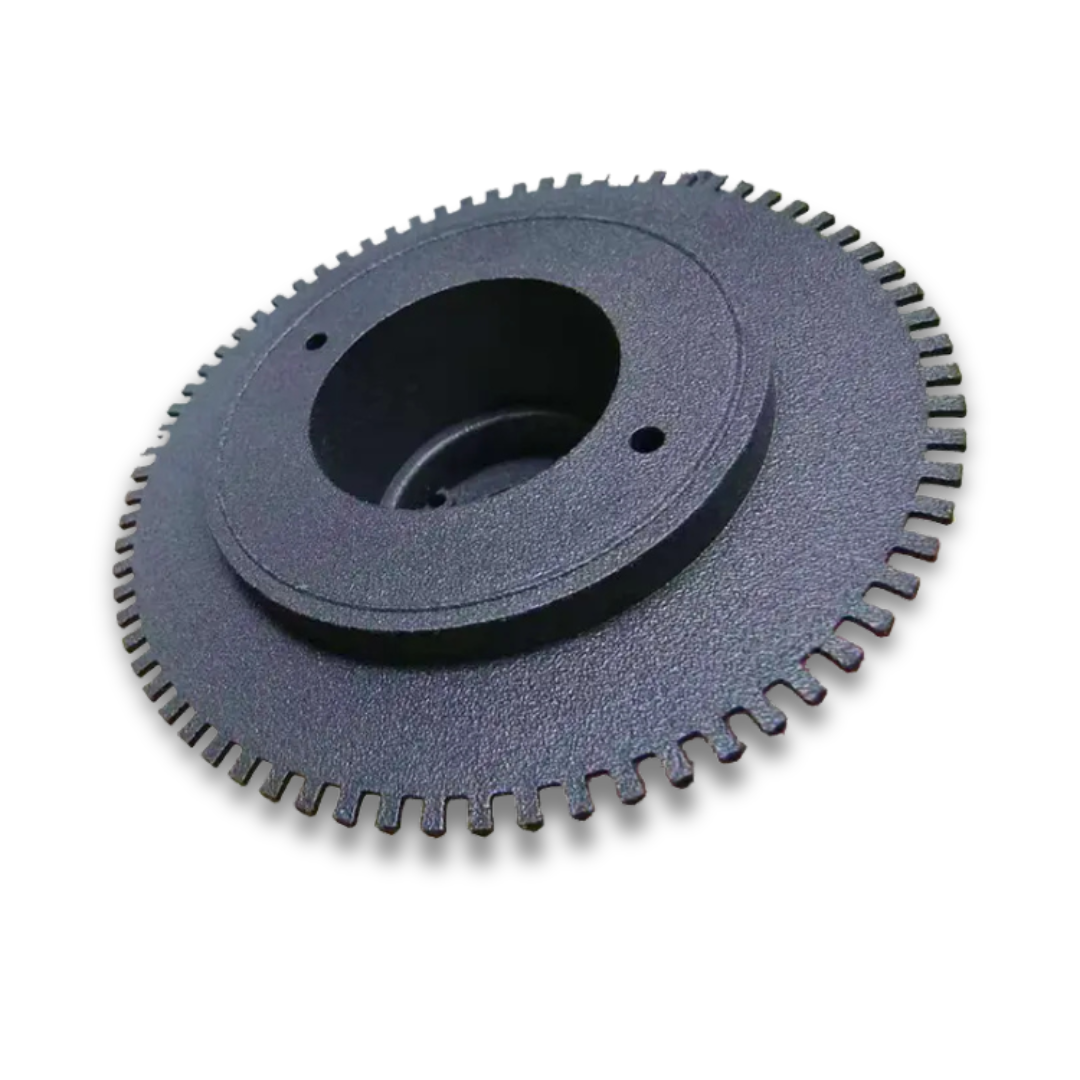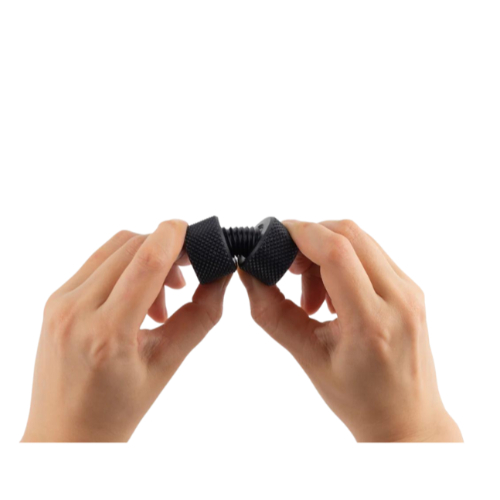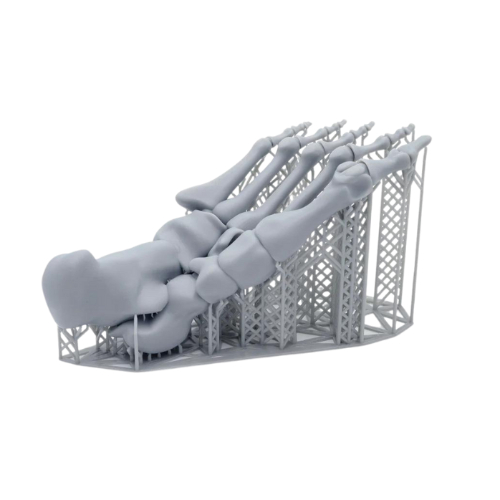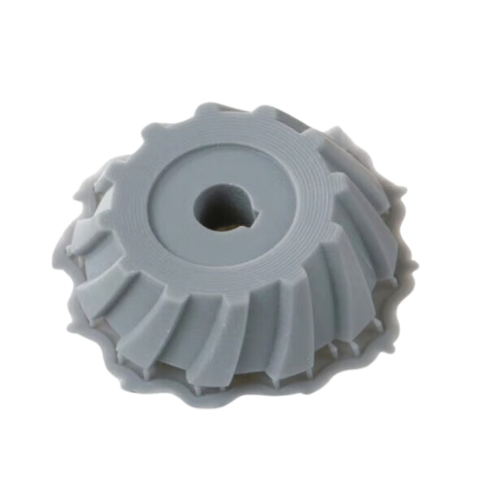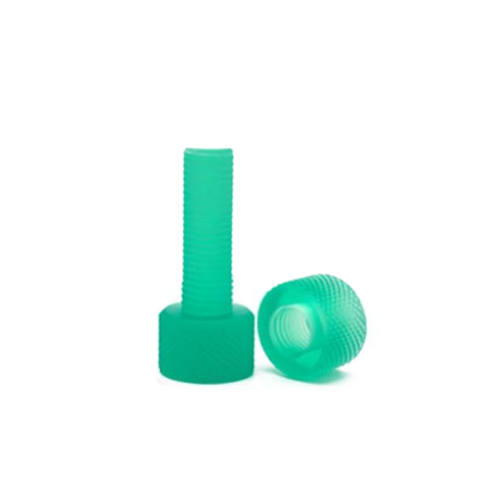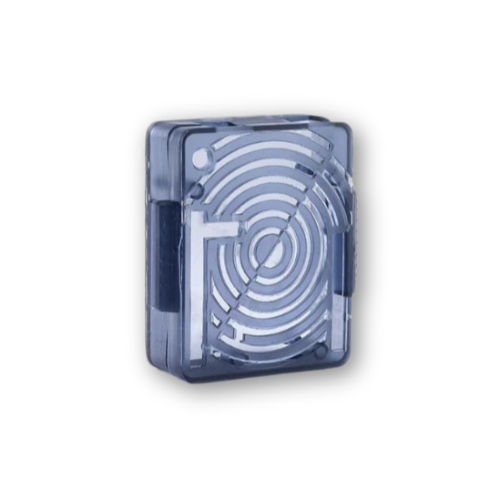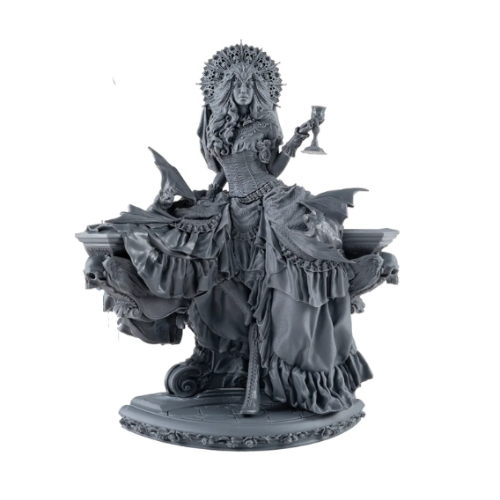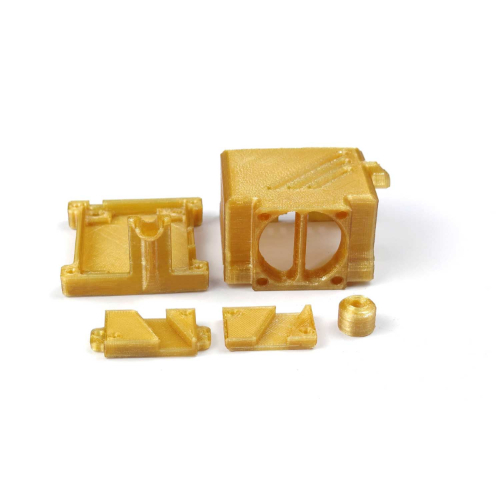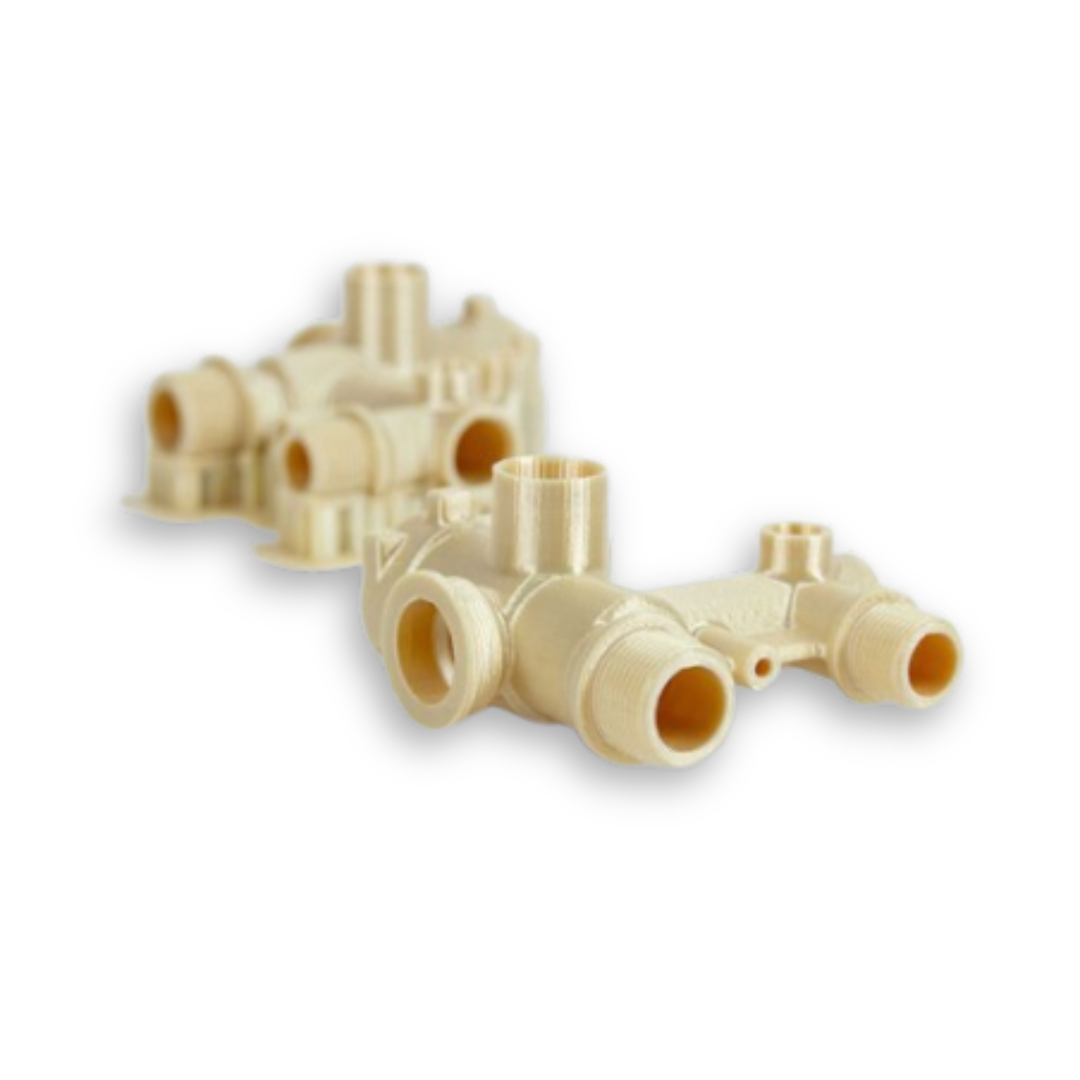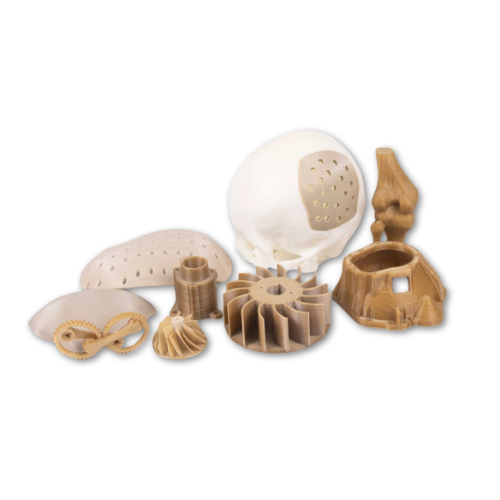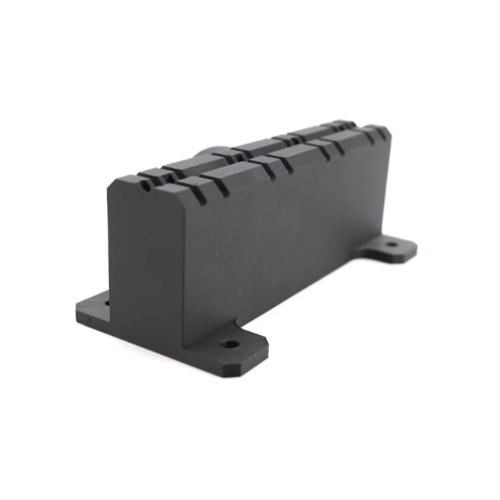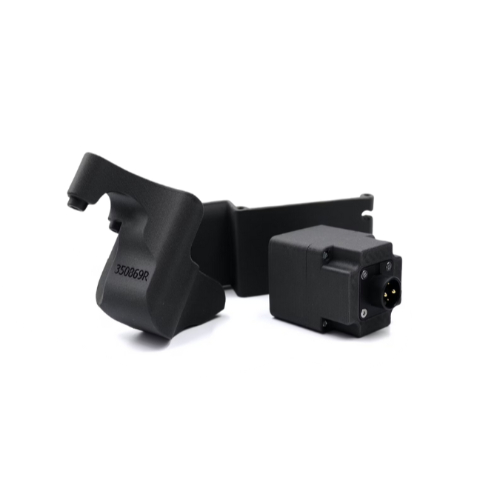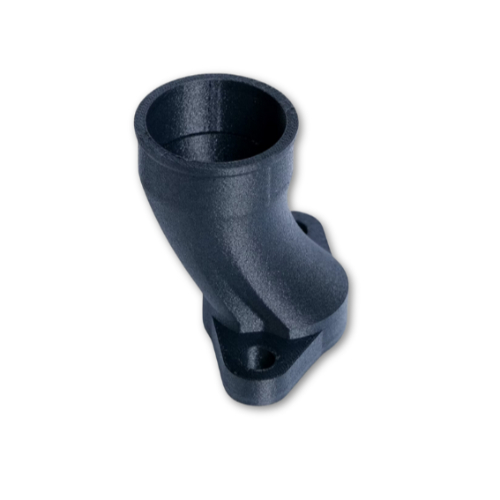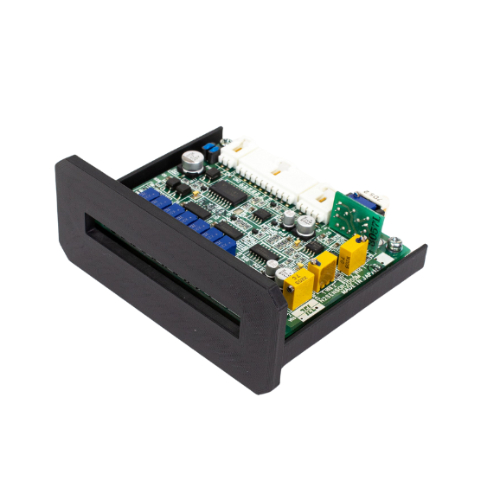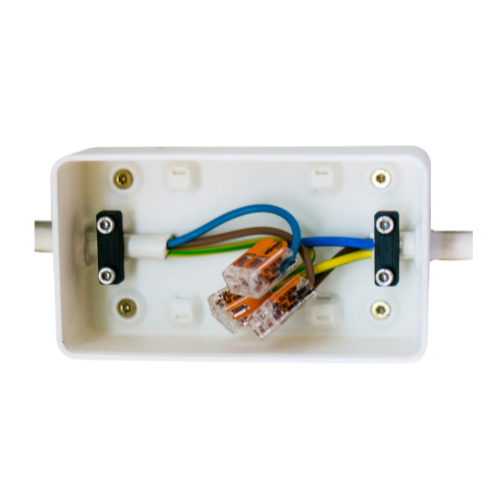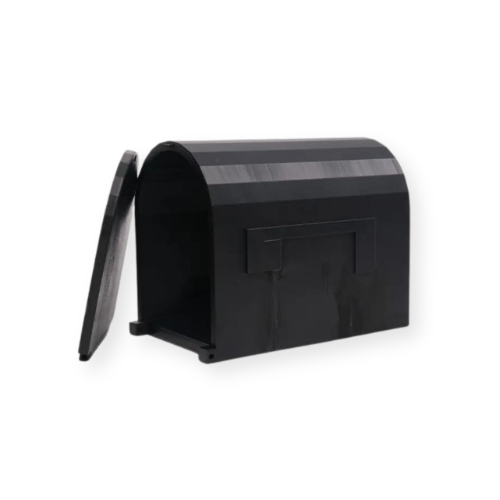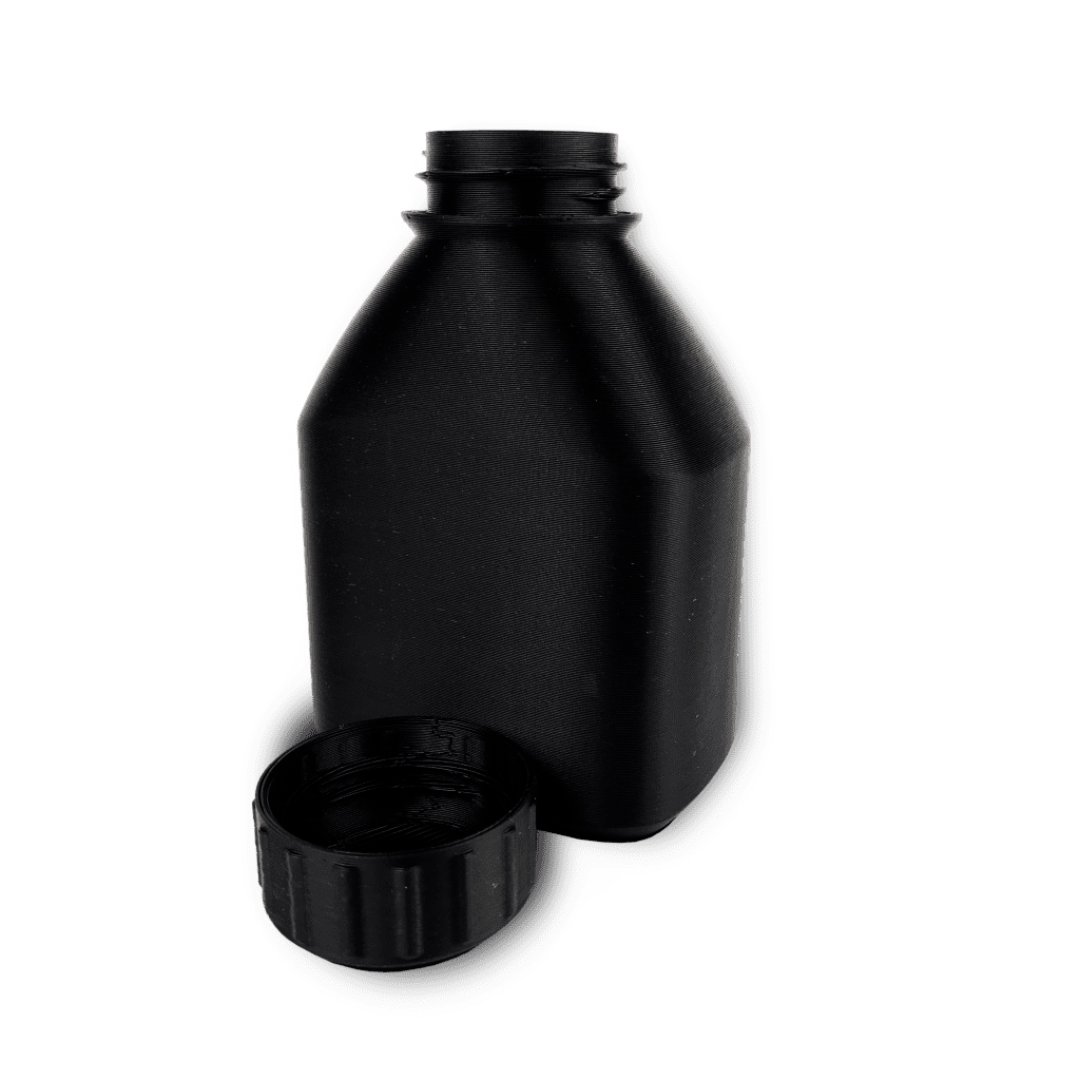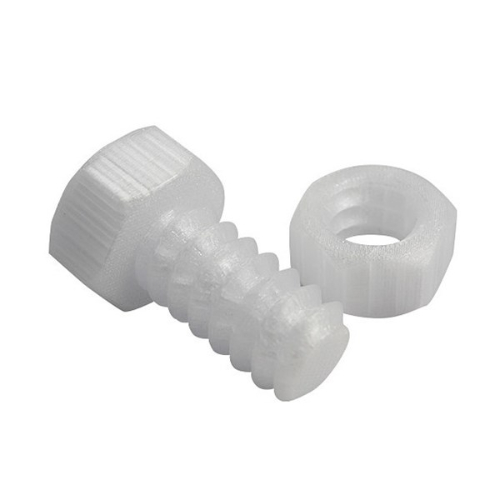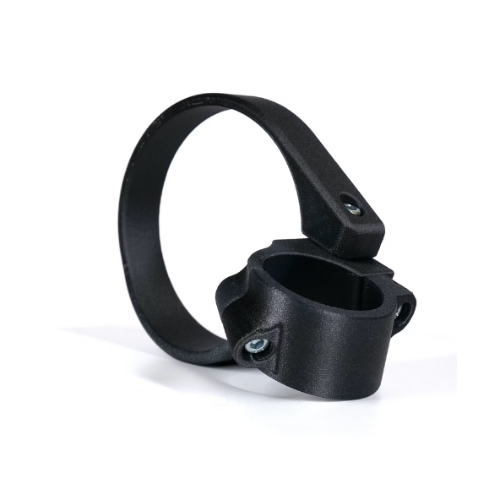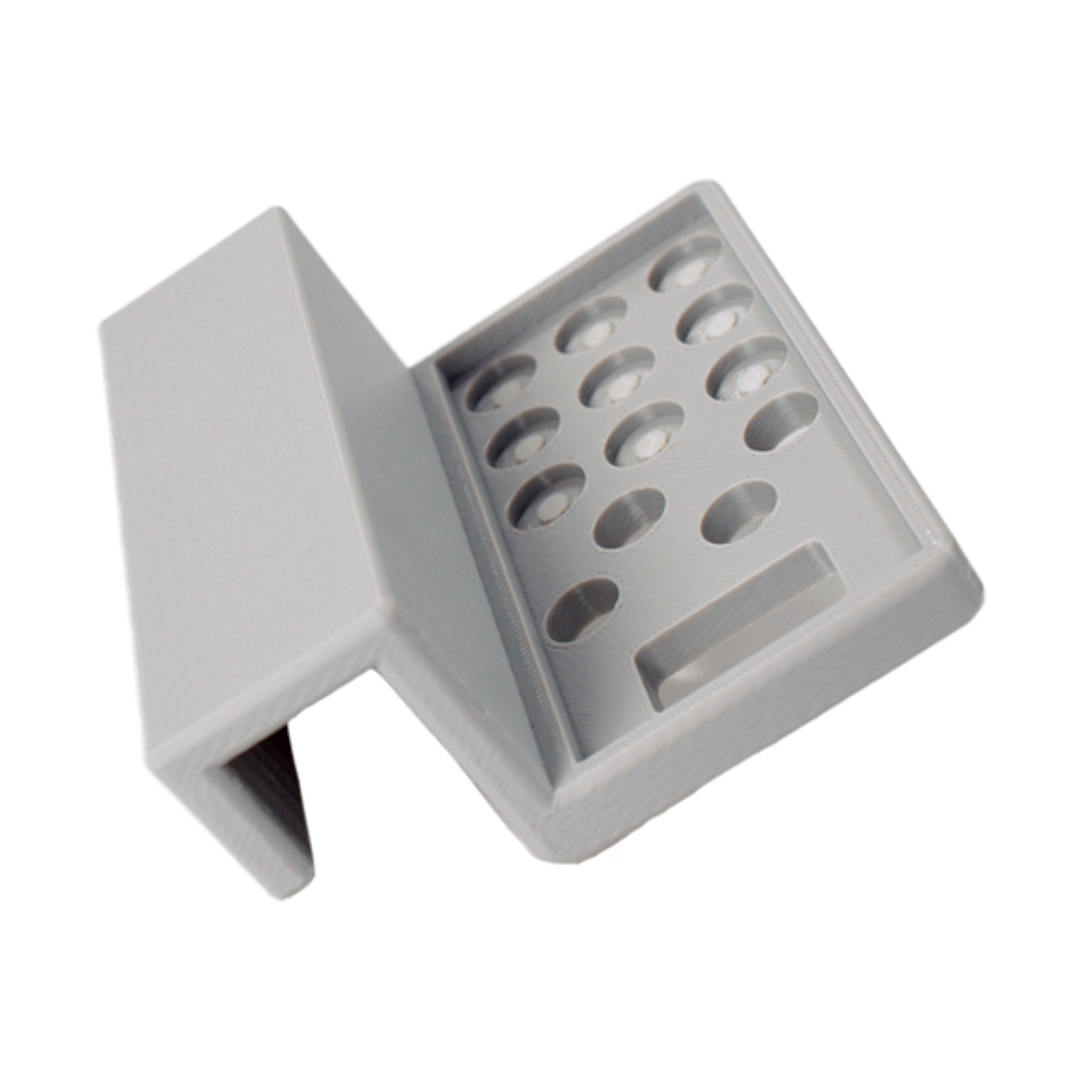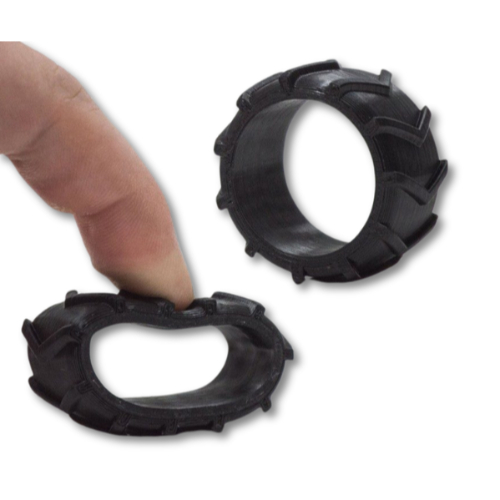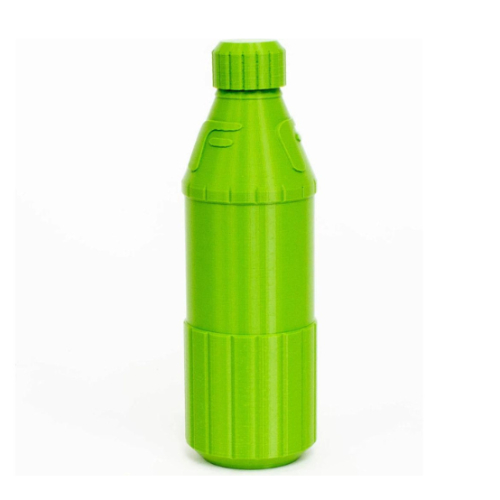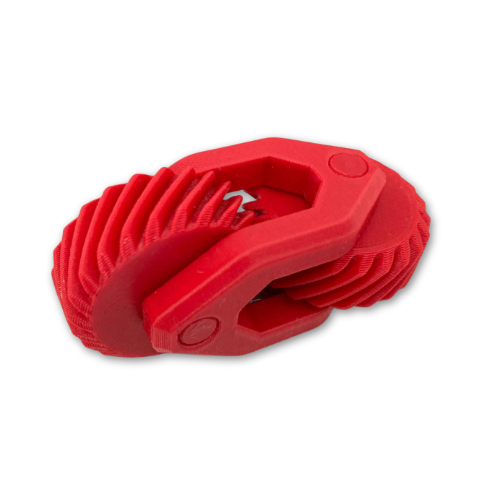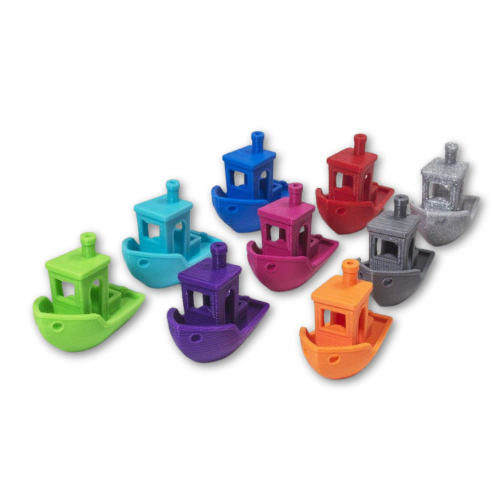PLA
PLA (Polylactic Acid) is one of the most widely used thermoplastic materials in 3D printing, known for its eco-friendly properties. It is derived from renewable, organic sources such as sugarcane or corn starch, making it a sustainable option for various applications. It is ideal for prototyping, decorative projects, and non-functional models. However, PLA may not be suitable for 3D-printed parts that require high durability, heat resistance, or flexibility.
Key Features and Benefits
Biodegradable & Eco-Friendly
PLA is derived from renewable resources such as cornstarch or sugarcane and is biodegradable under industrial composting conditions.Good Surface Finish & Aesthetics
PLA produces smooth, glossy, and visually appealing prints, making it ideal for prototypes and decorative applications.Wide Range of Colors
PLA is widely available in various colors, finishes (e.g., matte, glossy, metallic).Odorless & Safe for Indoor Use
Unlike ABS, PLA emits little to no odor during processing, making it safer for home, office, and educational environments.- Brittleness
PLA is not as durable as materials like ABS, PETG, or nylon, making it unsuitable for functional parts that require flexibility or impact resistance.
Common Applications
Polylactic Acid (PLA) is a versatile and eco-friendly material widely used across various industries due to its unique properties and benefits. Its ease of use, biodegradability, and cost-effectiveness make it a top choice for 3D printing applications.
Prototyping & Product Development:
Ideal for rapid prototyping, allowing designers to create and test models efficiently.
Educational Models & DIY Projects:
Frequently used in schools and maker communities for crafting, educational tools, and creative projects.
Medical & Healthcare:
Used for anatomical models, prosthetics, and biocompatible applications due to its non-toxic nature.
Packaging & Biodegradable Solutions:
A sustainable choice for packaging applications, offering an eco-friendly alternative to traditional plastics.
Material Properties
| Properties | Value |
|---|---|
| Tensile Strength (MPa) | Approximately 60 |
| Flexural Modulus (MPa) | Approximately 1973 |
| Elongation (%) | 20 |
| Heat Distortion Temp (°C) | Approximately 40 |
| Impact Resistance (kJ/m²) | 9 |
Technology
Fused Deposition Modeling (FDM)
Color & Finishes
 Black
Black
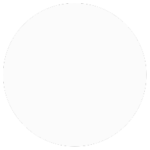 White
White
 Color
Color
Start your next project with us today
Manufacturing limitless possibilities with industrial fabrication solutions.


